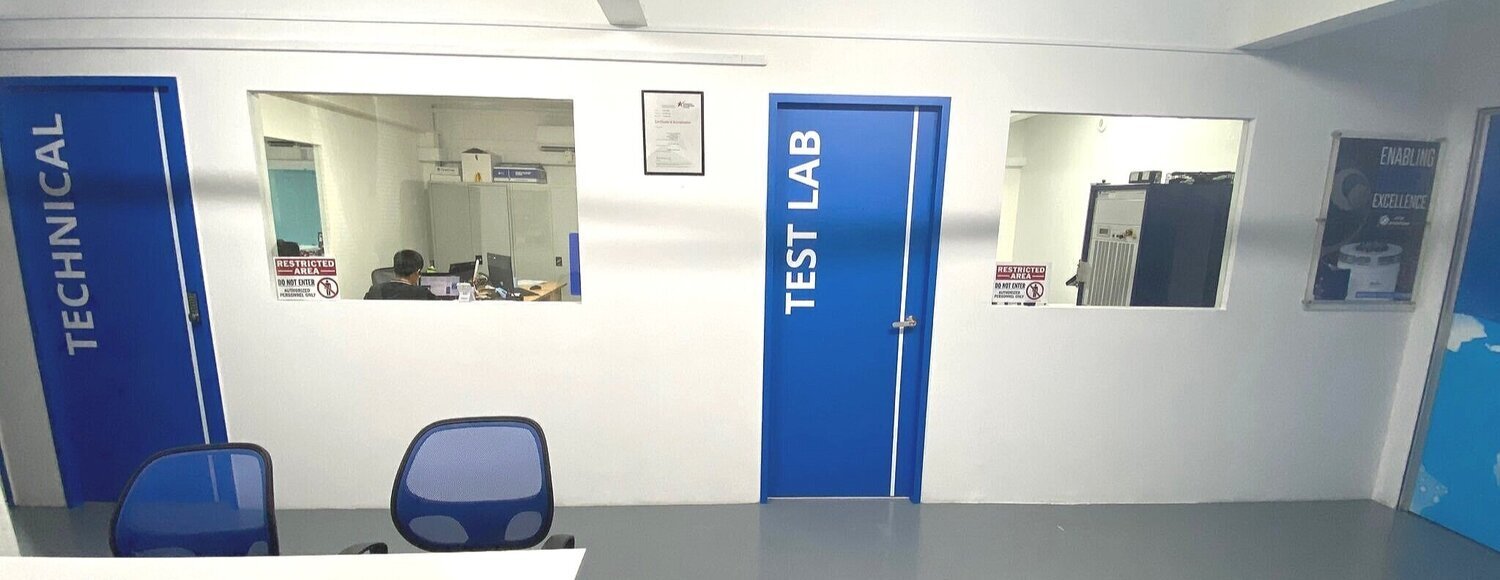A Comprehensive Guide to Velocity-Type Vibration Sensor Calibration Checks
In the fast-paced world of industrial applications, where precision and safety are paramount, velocity-type vibration sensors play a crucial role in monitoring machinery health, detecting faults, and preventing catastrophic failures. To ensure accurate and consistent measurements, regular calibration checks are essential. This comprehensive guide explores the intricacies of calibrating velocity-type vibration sensors, the significance of this process, and a real-world case study exemplifying its importance.
Importance of Calibration Checks
Vibration sensors are subject to various factors that can impact their performance over time, including mechanical wear, temperature variations, and electronic drift. Calibration checks serve as a means to verify the sensor's accuracy and sensitivity, maintaining compliance with industry standards. Precise measurements facilitate predictive maintenance, reducing downtime and optimizing the lifespan of machinery and equipment.
Calibration Setup and Pre-checks
Before proceeding with the calibration check, gather the necessary equipment: a calibrated vibration shaker or calibrator, a data acquisition system or vibration analyzer, and the sensor's calibration certificate. Carefully review the sensor's specifications, noting its measurement range, sensitivity, and frequency response to set up the calibration correctly.
During preparation, mount the velocity-type vibration sensor securely in the same manner and location where it operates routinely. Inspect the sensor's cable and connectors for any damage, ensuring they are properly connected to the data acquisition system or vibration analyzer.
Performing the Calibration Check
The calibration shaker or calibrator must be traceable to a national standard and possess a valid calibration certificate. Verify that its output signal falls within the specified accuracy range. Configure the calibration shaker or calibrator to generate a known vibration amplitude within the sensor's sensitivity range and desired frequency.
Case Study: Calibration of Turbine Vibration Sensor
Let's consider a case study involving a velocity-type vibration sensor installed on a gas turbine in a power plant. The sensor's primary function is to monitor vibration levels in the turbine's rotating components, providing crucial data for predictive maintenance and early fault detection.
Step 1: Calibration Setup and Pre-checks
Engineers ensure that the vibration sensor is securely mounted on the turbine casing, near the critical rotating components. They connect the sensor to a high-precision data acquisition system with real-time monitoring capabilities.
Step 2: Performing the Calibration Check
A calibrated vibration shaker is employed, generating a sinusoidal vibration signal at varying amplitudes and frequencies. The data acquisition system records the sensor's responses to these known signals.
Step 3: Comparing Measurements and Making Adjustments
The recorded data is then compared to the calibration shaker's known signal. The engineers notice that the sensor's measurements deviate slightly from the expected values at higher frequencies. To correct this, they use the sensor's calibration adjustment settings to fine-tune its sensitivity.
Step 4: Documentation and Calibration Schedule
Detailed records of the calibration check, including the calibration shaker's details, sensor readings, and adjustments made, are meticulously documented. A calibration schedule is established, with regular checks planned every six months to ensure the sensor's ongoing accuracy.
Velocity-type vibration sensors are invaluable tools in industrial applications, providing critical insights into machinery health and performance. Regular calibration checks are imperative to maintain their accuracy and reliability. Through proper setup, meticulous comparison of measurements, and careful adjustments, engineers can ensure that these sensors continue to deliver precise and consistent readings, leading to enhanced safety, efficiency, and cost savings. In the case study of the gas turbine, calibration checks contributed to optimized maintenance strategies, reducing downtime and safeguarding the power plant's operations. Calibration checks should be embraced as a proactive measure to ensure the utmost reliability in vibration monitoring and analysis across diverse industrial domains.
Click below to download the guide now and take the first step towards proactive maintenance and optimized performance.
How Can We Help You?
Interested in our Testing & Calibration services? Send us your inquiry via the Testing & Calibration Lab Form and we will be pleased to help you.


